Rodney Dickson: The Paintings
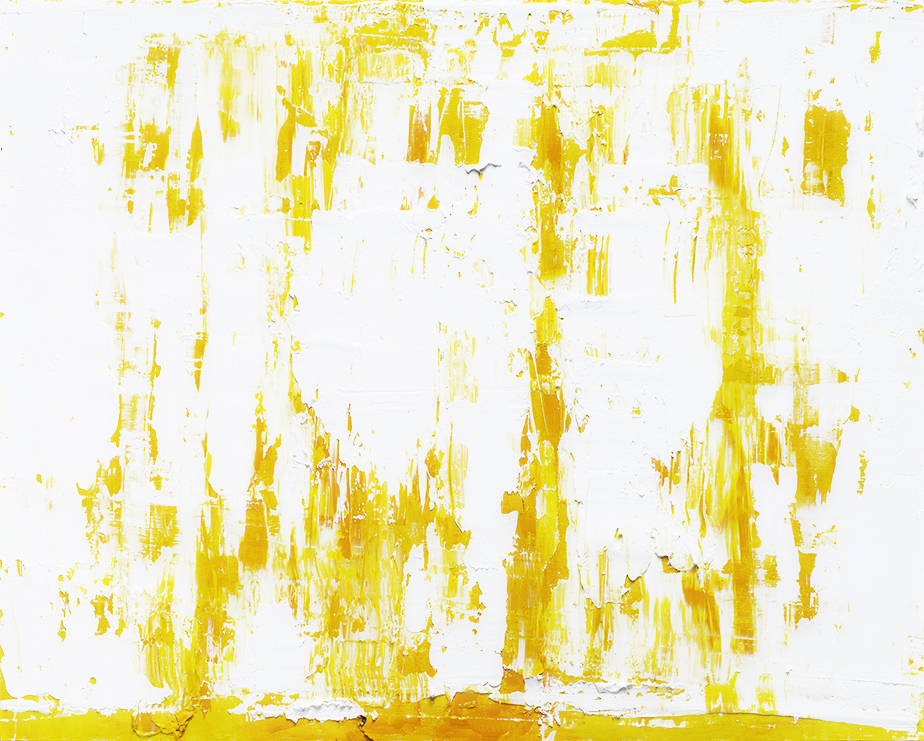
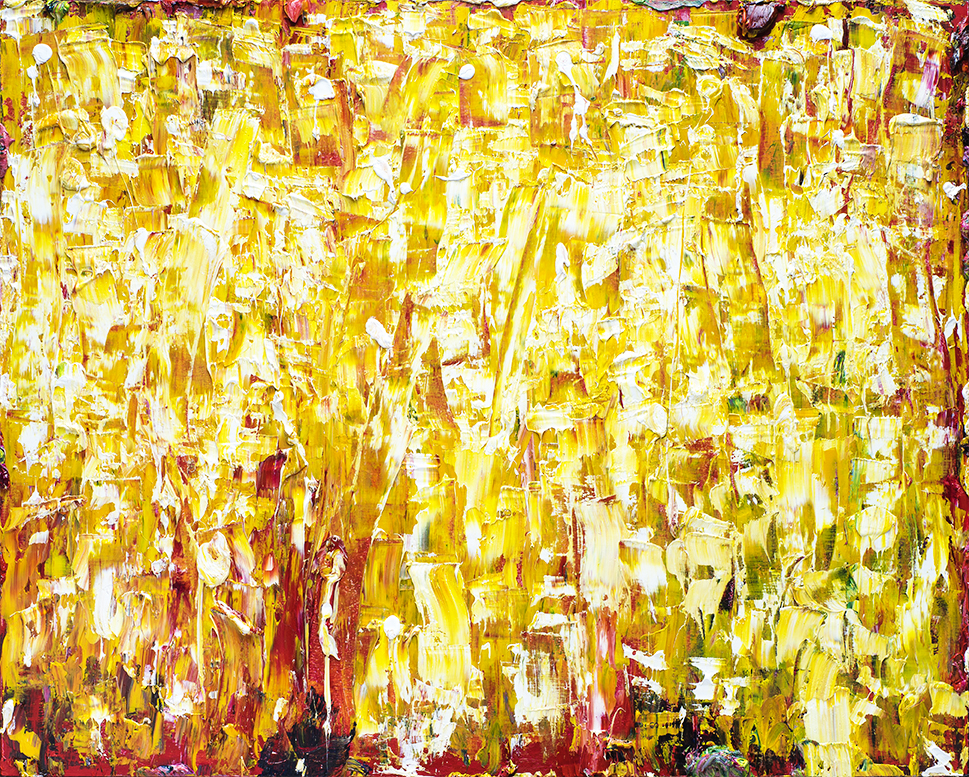
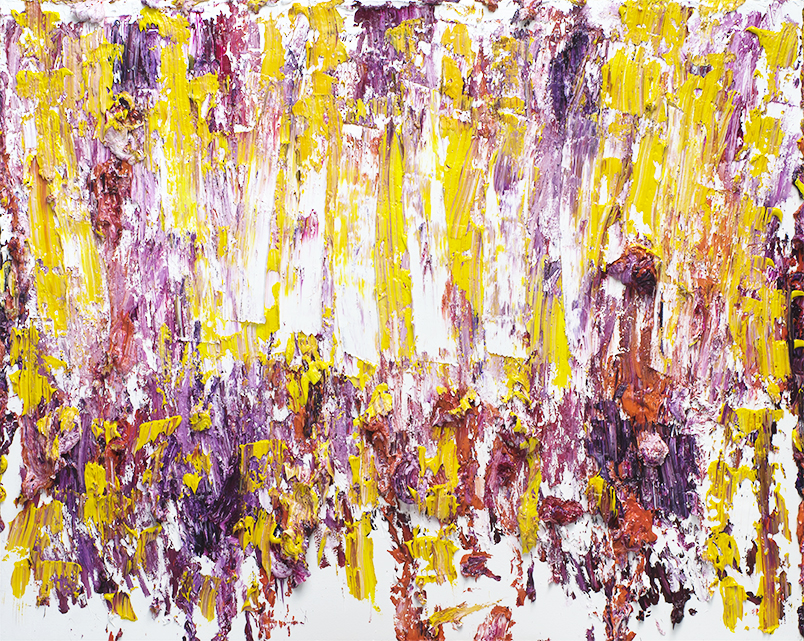
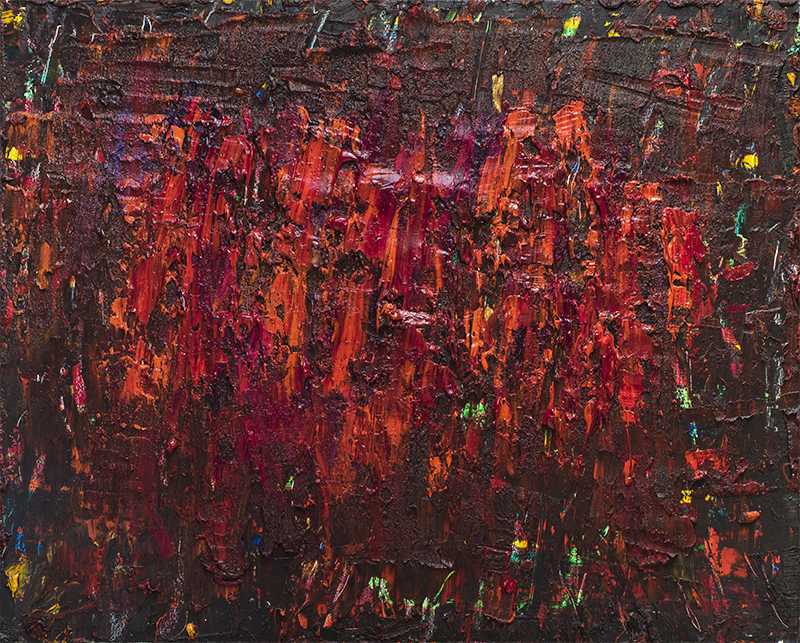
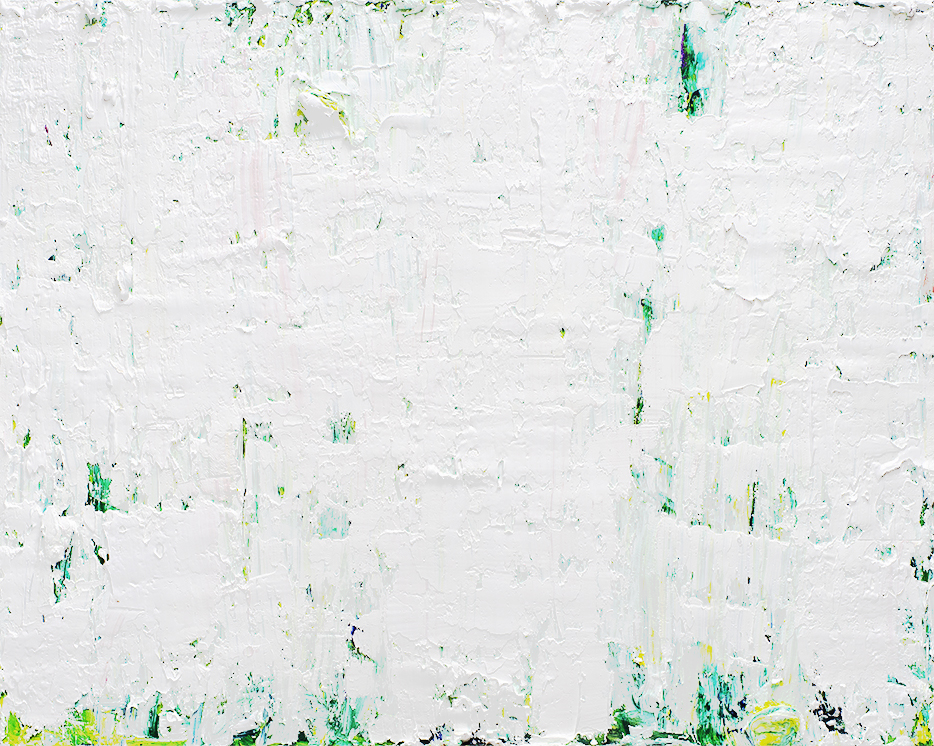
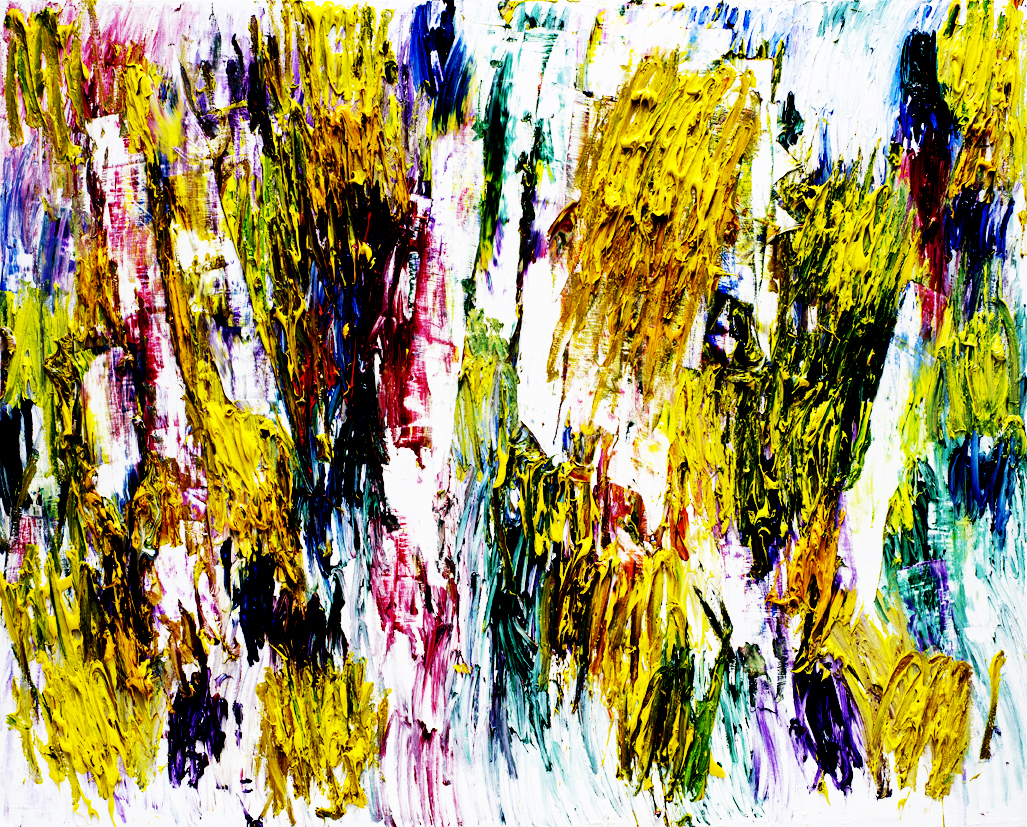

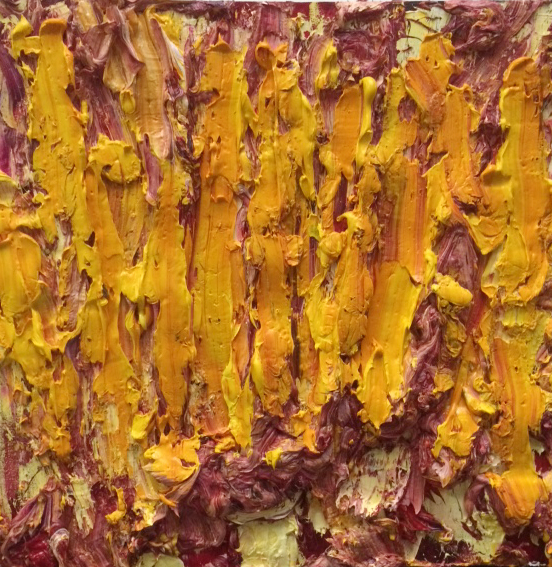
Northern Irish artist Rodney Dickson's diverse creations include installations, videos, collages, performances, etc. However, as an artist, oil painting is still considered the hardest medium to apply after he has utilized all the medias. As an intermediary of self-recording and self-reflection, oil paint is like the skin of a canvas. It grows but at the same time fades away day by day. From Dickson’s perspective, renewal and decline are natural as time is ever-changing, which is a stable status from a far view. For Dickson, how to condense time on the canvas becomes an interesting task. The so-called "renewal" can be understood from the thick oil paintings in the artworks. However, such thick stacks are not made for doing. Thick stacks are made because Dickson wants to respond to the changes in feelings, which is the separation of time. People are the mainstay of feelings, but at the same time they are dominated by feelings. The relationship between the three is like a dance. In order to maintain the harmony, as long as one of them makes a change, the other two must respond and cooperate with each other. It seems that the thick stack of oil paint is an act that artist has to do but not a simple artistic technique. As for "decline," we can have a glimpse of the scratches in the paintings in Dickson’s recent works. Decline, as the opposite of growth, represents artist's anxiety of being unsatisfied under the pursuit of art. As one lives in the present, one creates in the present, but such immediacy brings uncertainty. Artists respond to the uncertainty, but there is no way to respond to it precisely since art is partly mad. As the artist said, there is no right or wrong, neither is there a starting point nor ending point. Its boundlessness drives people to explore, but the vastness of art makes artist starving and frustrated for good. Scratches can therefore be seen as a stripping of ideas and also a refinement and re-creation of ideas.
In this exhibition "Paintings," we can see the integration and collision of Dickson's various styles in different periods. Some of the works maintain gloomy and oppressive alike his early paintings. The full version of the brush strokes does not leave any space for the canvas, which also makes himself and the audience feel oppressed. This treatment is a kind of closed violence, for it does not allow anyone to dodge form the strong and direct questioning. Although it is buried in abstract strokes, its expressive power is not reduced but more blasting. In contrast, we can see the addition of white in another series of artworks. White, as the artist said, is a "light." It is a kind of calm and peace that flows out of anger. However, such white is not completely opposed to darkness. On the contrary, it contains darkness and embraces darkness, for the light is the product of darkness and for there will be no light without darkness. Light and dark, white and black, both of which are seemingly opposite to each other. In fact, they coordinate, collide and converse in each painting. They reach the balance, which has nothing to do with proportion, color or composition but with renewal and decline and the self, time and feelings as well.
